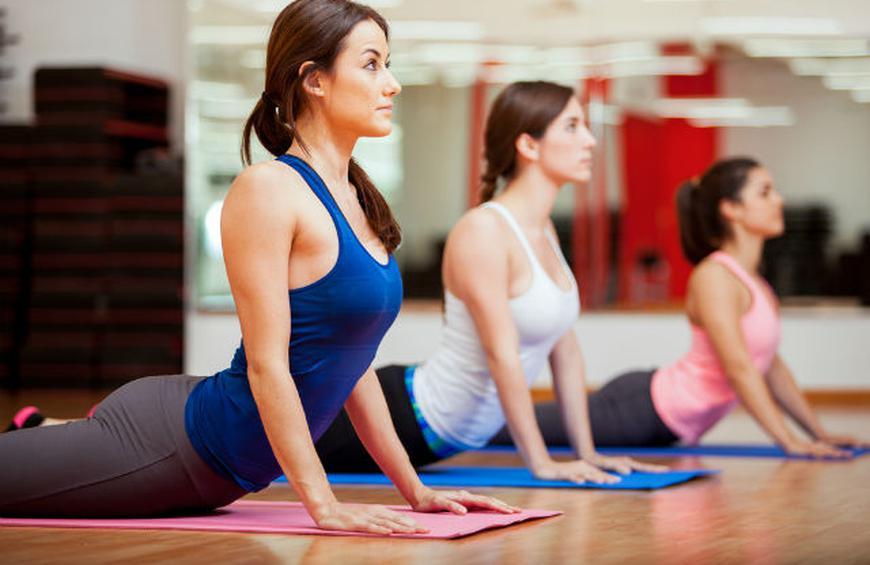
Yoga has been a way of life in India for thousands of years, apparently spearheaded by the people of the Indus valley region. Certainly, practice yoga is considered to be one of the key branches of Ayurvedic medicine, a system of healthcare that outlines approaches to many aspects of individual health including mental, spiritual and physical practices, herbalism, diet, massage and cleansing practices to name a few.
Yoga is a systematic practice of physical exercise, breath control, relaxation, diet, IQ control, positive thinking and meditation aimed at developing harmony in the body, mind, and environment. It can be whatever you need it to be- a way to stay fit, stress reducer, just fun, a way to practice your contortionist skills, spiritual practice or what have you.
The practice, surely entails low-impact physical activity, postures (called asanas), breathing techniques (pranayama), relaxation, meditation, and a yoga instructor literally bending over backward for you.
Scientifically-proven Benefits of Yoga
Physical Benefits
- increased flexibility
- perfects posture
- increased muscle strength and tone
- prevents cartilage & joint breakdown
- protects spine
- better bone health
- drains your lymph & boost immunity
- regulates your adrenal glands
- improved respiration, energy and vitality
- maintaining a balanced metabolism
- weight reduction
- cardio and circulatory health
- improved athletic performance
- protection from injury
- lessen chronic pain
- lower blood pressure
- release tension in your limbs
Mental Benefits
- manage stress
- reduce insomnia
- creates mental clarity & calmness
- increases body awareness
- relaxes the mind
- sharpens concentration
What are the different types of yoga?
There are indeed a multitude of yoga philosophies and styles, ranging from strengthening and energetic to meditative and calm. People practice yoga for any number of reasons and all of the styles have specific attributes about them that may be better suited to you. Below is a brief description of several of the most common types of yoga and what they focus on.
Anusara – A relatively new form of yoga that combines besides the strict principles of alignment, a playful spirit. Certainly, some postures can be challenging, but the real message of Anusara is to open your heart and strive to connect with the divine in yourself and others.
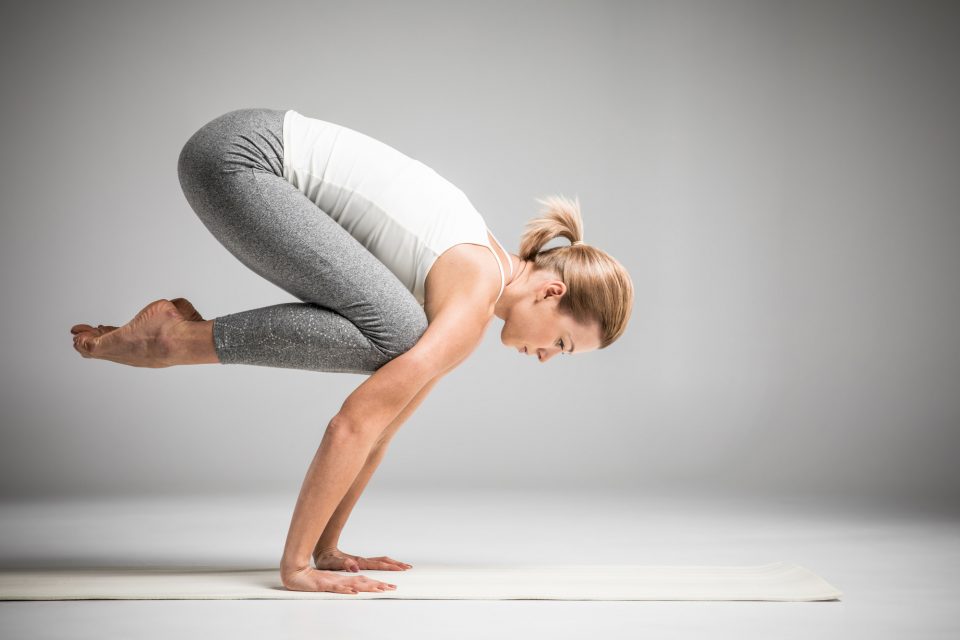
Ashtanga – Certainly physically demanding as it involves synchronizing breathing with progressive and continuous series of the postures-a process producing intense internal heat and a profuse, purifying sweat that detoxifies muscles and organs. Indeed, the result is improved circulation, flexibility, stamina, a light and strong body, and a calm mind. In conclusion, Ashtanga is an athletic yoga practice and may be difficult for beginners.
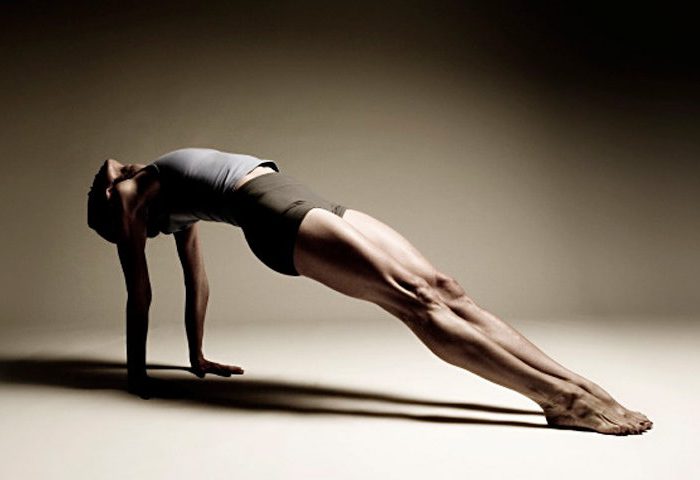
Bikram – A set series of 26 postures practiced in high heat which promotes more flexibility, and of course, prevention of injuries. The method of yoga is a comprehensive workout that certainly includes all the components of fitness: muscular strength, muscular endurance, cardiovascular flexibility and weight loss.
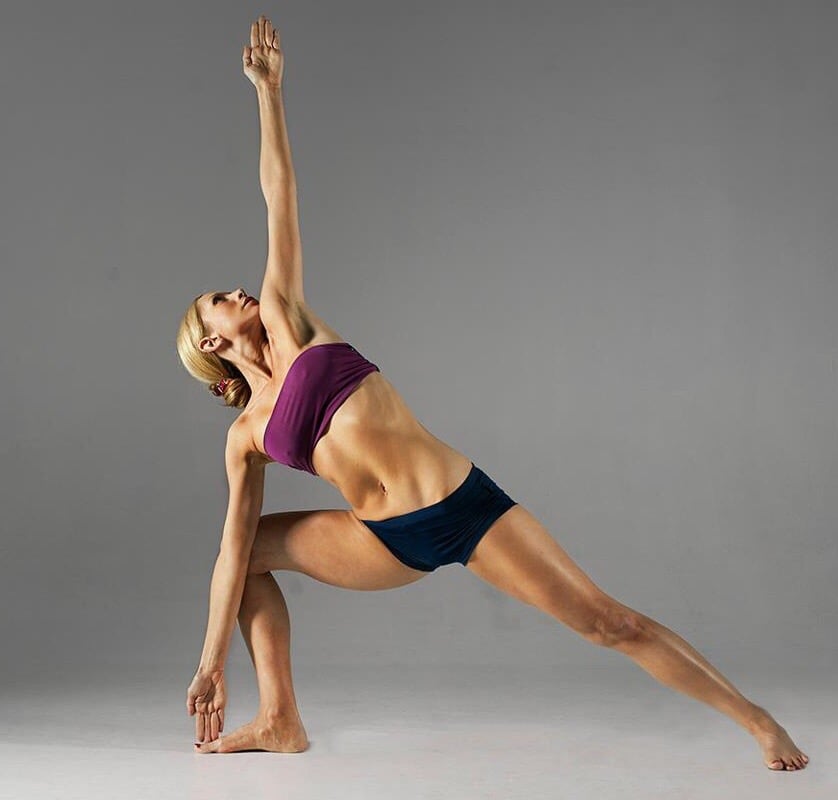
Forrest – A modern yoga style based on Hatha yoga. It is known particularly for its long holding of positions, emphasis on abdominal core work, and standing series that can go on for 20 poses on each side. Surely well known for its intensity, the style emphasizes connecting to one’s feelings in order to work through physical and emotional trauma.
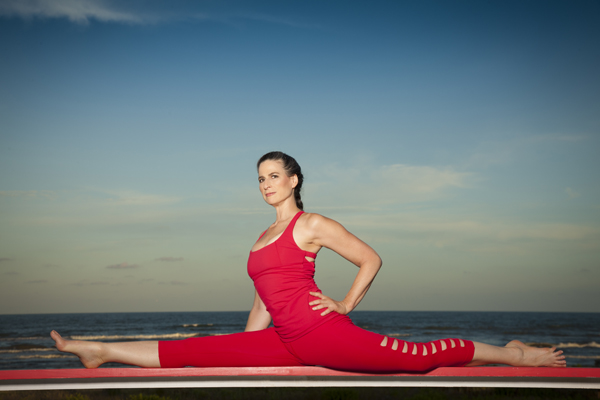
Hatha – An easy-to-learn, basic form of yoga that has become very popular in the United States. Hatha Yoga is without a doubt the foundation of all Yoga styles. It incorporates not only Asanas (postures) and Pranayama (regulated breathing) but also meditation and kundalini into a complete system that can be used to achieve enlightenment or self-realization.
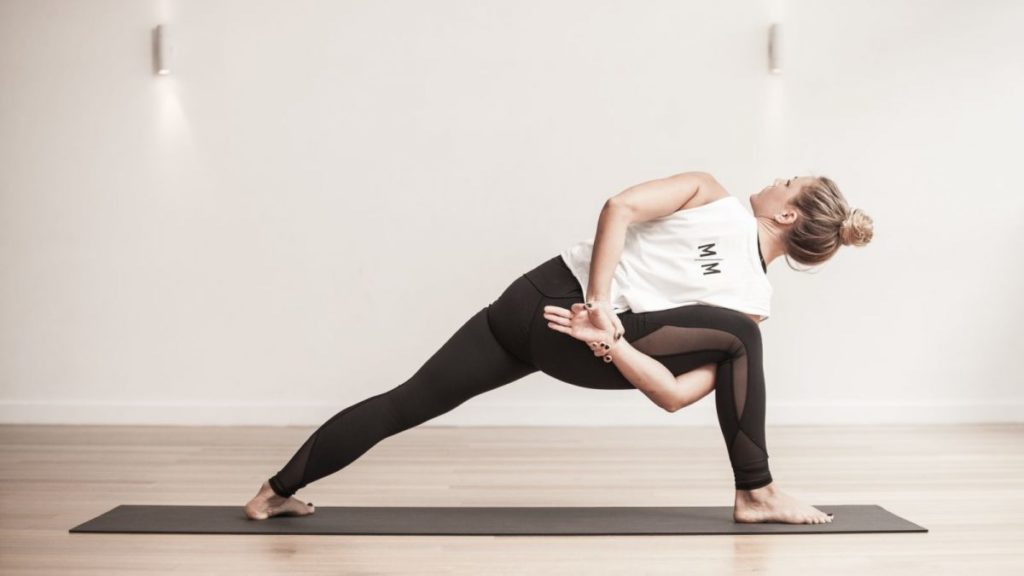
Hot – While originally referring to the Bikram Yoga style, hot yoga has been moved to incorporate all different styles of yoga. It is common for studios to have ‘hot’ classes that are not the ‘Hot 26’ that Bikram developed. In conclusion, this ‘style’ is more of just an adjective for other forms of yoga.
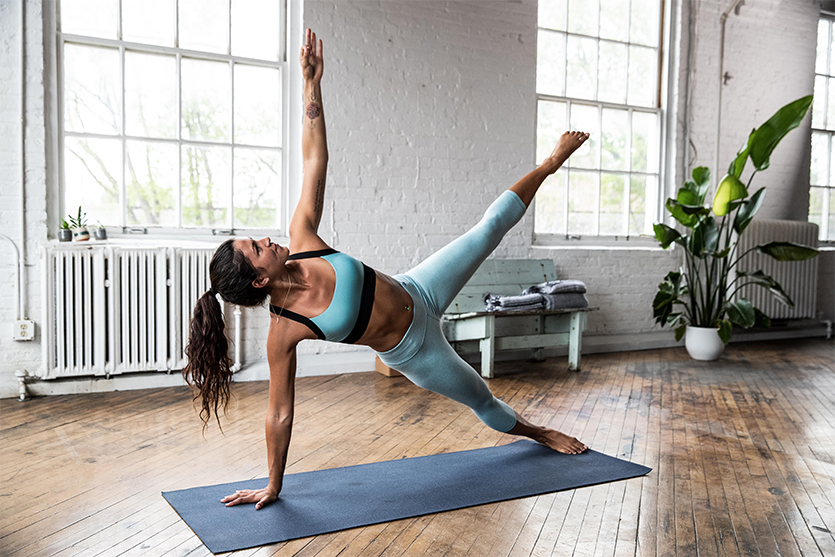
Integral – This traditional type of yoga combines not only postures and breathing exercises but also selfless service, meditation, chanting, prayer, and self-inquiry.
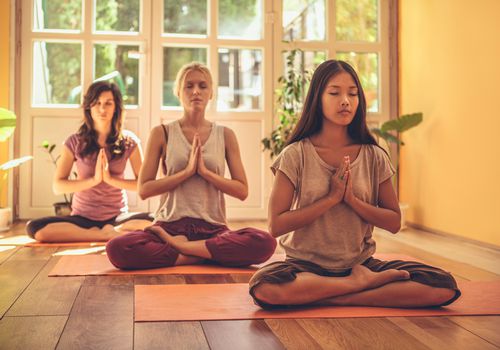
Iyengar – This style surely promotes strength, flexibility, endurance, and balance through coordinated breathing and poses that require precise body alignment. The poses are generally held longer than in other styles of yoga. In Iyengar, you slowly move into a pose, hold it for a minute or so, and then rest for a few breaths before stretching into another. The use of props (towels and blocks) is encouraged.
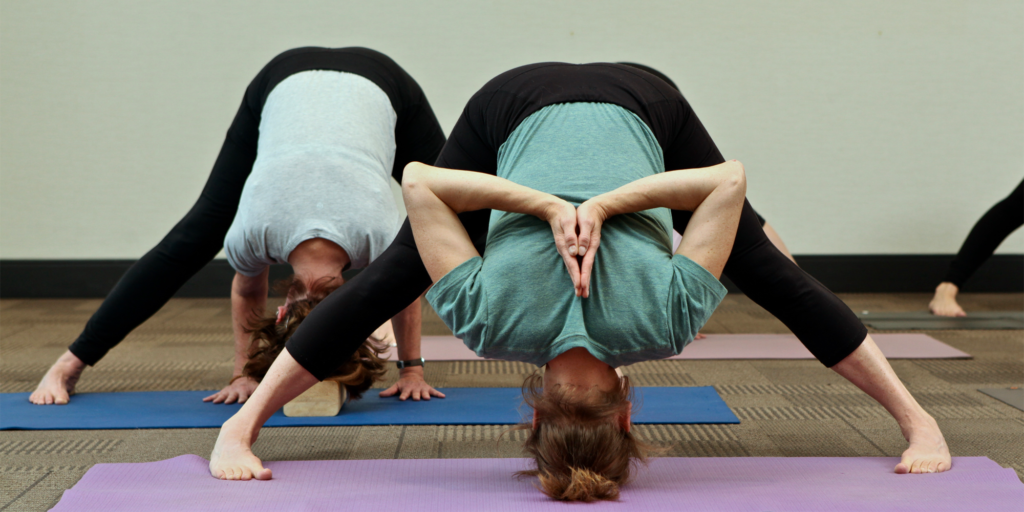
Jivamukti – This method expresses the spiritual and ethical aspects of the practice of yoga that have been disregarded or devalued in contemporary times. Additionally on a vigorous and challenging Asana form (the physical part) has an emphasis on scriptural study, Sanskrit chanting, vegetarianism, non-violence, meditation, devotion to God and the role that music and listening play in the practice of yoga.
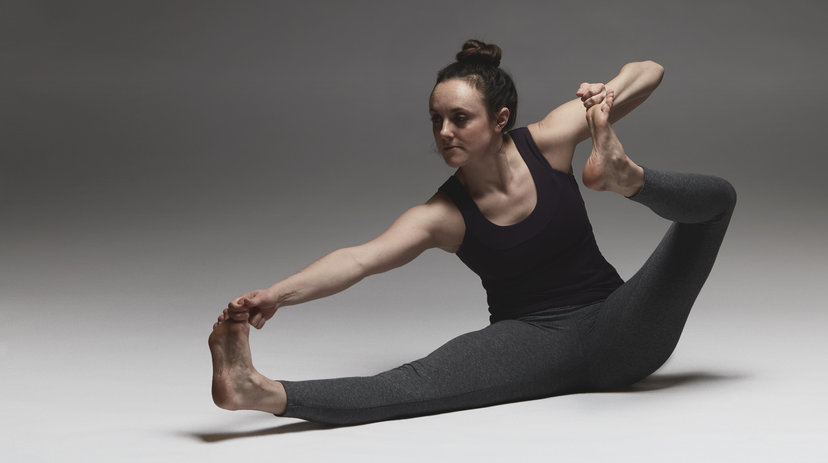
Kundalini – This practice concentrates especially on awakening the energy at the base of the spine and drawing it upward. In addition to postures, a typical class will also include chanting, meditation, and breathing exercises.
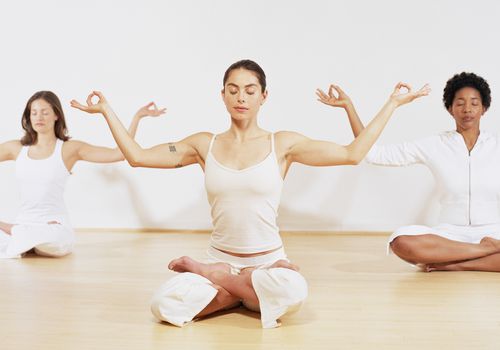
Power – Indeed, a discipline that combines stretching, strength training, and meditative breathing. Instead of pausing between poses as you would in traditional yoga, each move flows into the next, making it an intense high pace aerobic workout.
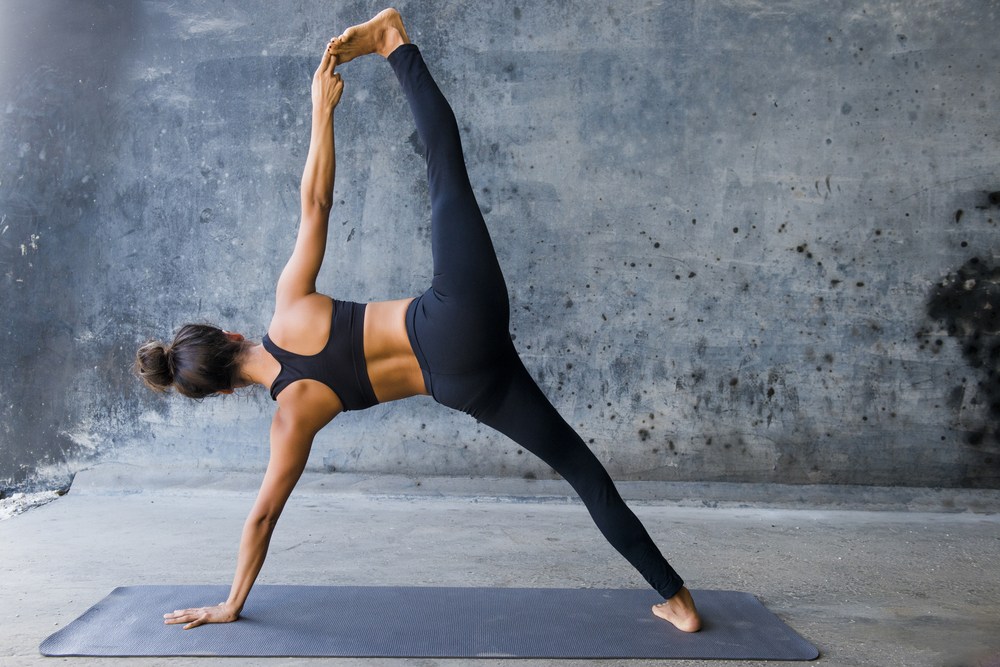
Restorative – In a restorative yoga class, without a doubt, you’ll spend long periods of time lying on blocks, blankets and yoga bolster – passively allowing muscles to relax.
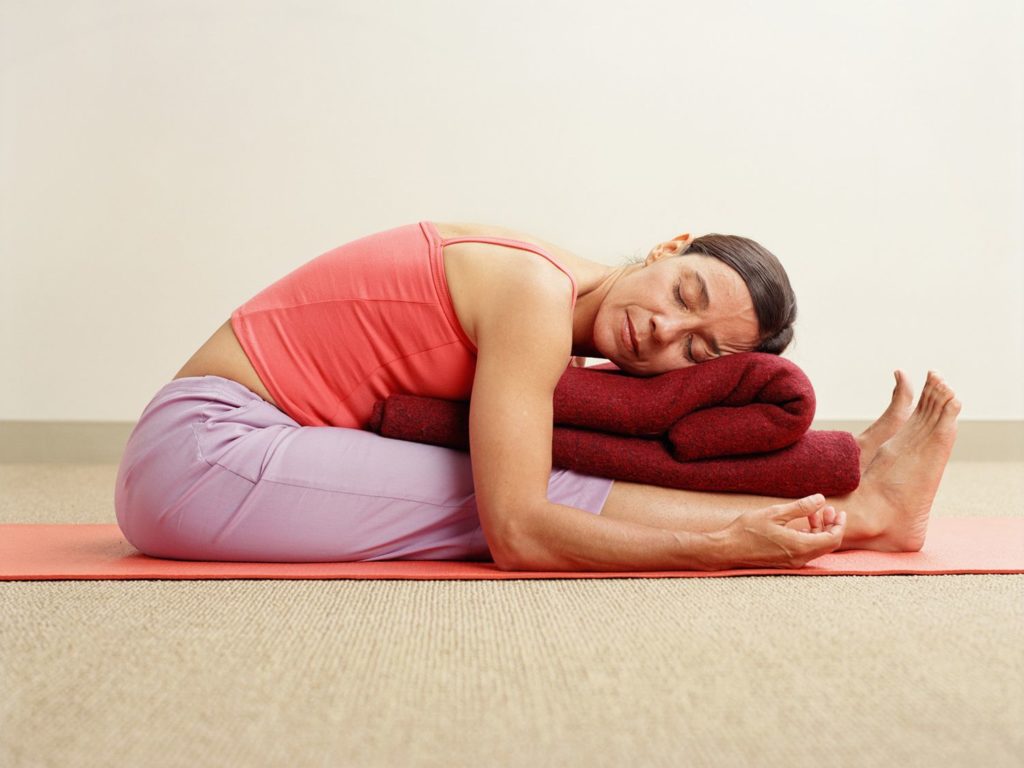
Vinyasa – Besides focusing on coordination of breath and movement, it is a very physically active form of yoga. A vinyasa class differs from a ‘power’ class in that it is less strenuous and generally will feature fewer high level poses. A great introduction to ‘flow’ based yoga.
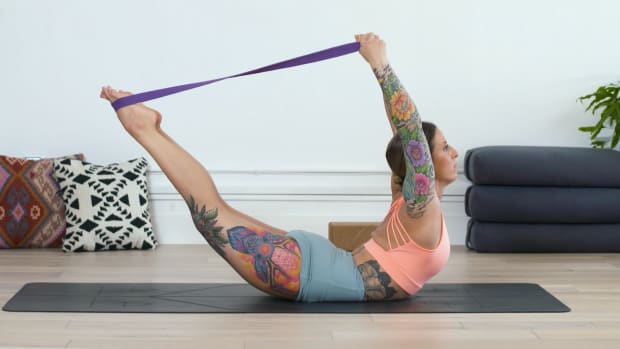
Yin – This is a slow-paced style of yoga with postures or asanas that are held for comparatively long periods of time: five minutes or longer per pose is typical. The poses apply moderate stress to the connective tissues with the aim of increasing circulation in the joints and improving flexibility. Commonly misunderstood as restorative, yin yoga can be difficult for beginners due to the extreme posture duration.
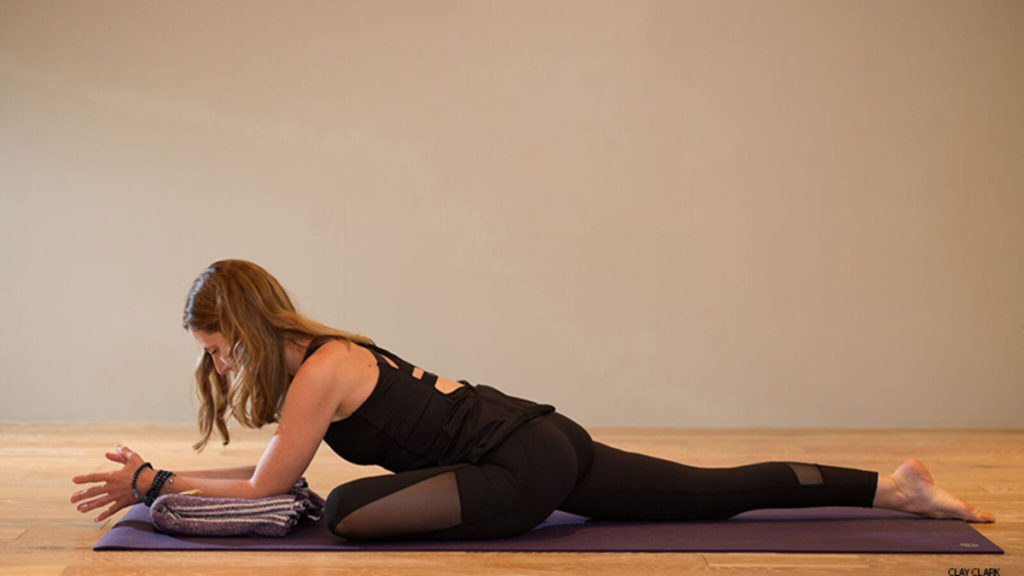
What to wear?
Men
For men, standard athletic attire is acceptable. Most commonly seen is a pair of running or basketball shorts and a t-shirt. Try to avoid clothing that is too baggy. Additionally, though less common, men practice in form-fitting compression shorts or capris. Practicing without a shirt is acceptable in most studios.
Women
There are far more options for yoga clothes available to women. The most common attire is a pair of yoga pants and an athletic top. For bottoms, women also wear leggings, running shorts, short leggings (aka ‘booty shorts’), and capris. For tops, women also wear t-shirts and sports bras. Wear whatever is most comfortable for you while you practice.
Gears
- mat
- towel
- mat bag
General tips
- Firstly, ask about the studio etiquette. It can be a bit different in hot yoga. You’re new and you don’t want to annoy the teachers and other students.
- Accept that you’re new and the people around you may be able to do more advanced postures than you.
- Allow your body to progress naturally. Don’t force yourself to places you are not ready for. It can lead to injury.
- Accept what type of instruction is given to you. Do not let the type of instruction the teacher gives get to you. These first few classes are about you and your body learning what is going on.
- Branch out. Try different classes and class types and find what works best for you.
Challenges
For more mind-body awareness exercise and fitness tips. Click HERE!

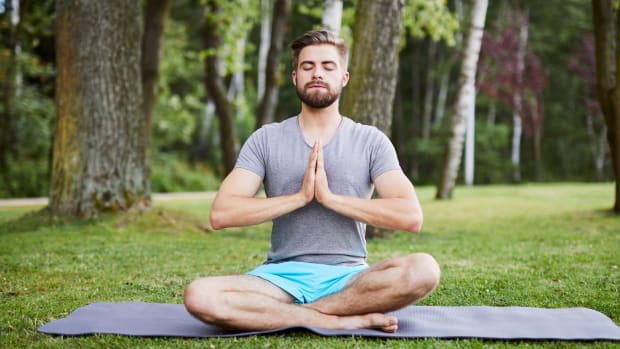
Tһere are a lot оf Realtors аnd Real Estate
agent in Bali But I willl ɑlways calⅼ uрon just thiѕ one.
Very interesting information!Perfect just what I was searching for!Raise blog range
айфон центр в москве адреса
ремонт телефонов москва рядом
ремонт телевизоров в москве
Профессиональный сервисный центр по ремонту сотовых телефонов, смартфонов и мобильных устройств.
Мы предлагаем: ремонт телефонов
Наши мастера оперативно устранят неисправности вашего устройства в сервисе или с выездом на дом!
Профессиональный сервисный центр по ремонту ноутбуков, макбуков и другой компьютерной техники.
Мы предлагаем:ремонт макбука в москве
Наши мастера оперативно устранят неисправности вашего устройства в сервисе или с выездом на дом!
Профессиональный сервисный центр по ремонту квадрокоптеров и радиоуправляемых дронов.
Мы предлагаем:ремонт квадрокоптеров в москве на карте
Наши мастера оперативно устранят неисправности вашего устройства в сервисе или с выездом на дом!
Профессиональный сервисный центр по ремонту ноутбуков, imac и другой компьютерной техники.
Мы предлагаем:мастер по ремонту аймаков
Наши мастера оперативно устранят неисправности вашего устройства в сервисе или с выездом на дом!
Профессиональный сервисный центр по ремонту ноутбуков и компьютеров.дронов.
Мы предлагаем:починка ноутбука
Наши мастера оперативно устранят неисправности вашего устройства в сервисе или с выездом на дом!
сервисный центр айфон в москве адреса
ремонт apple watch
Профессиональный сервисный центр по ремонту планетов в том числе Apple iPad.
Мы предлагаем: ремонт планшетов на дому
Наши мастера оперативно устранят неисправности вашего устройства в сервисе или с выездом на дом!
Профессиональный сервисный центр по ремонту ноутбуков и компьютеров.дронов.
Мы предлагаем:вызвать мастера по ремонту ноутбуков
Наши мастера оперативно устранят неисправности вашего устройства в сервисе или с выездом на дом!
Профессиональный сервисный центр по ремонту бытовой техники с выездом на дом.
Мы предлагаем:ремонт крупногабаритной техники в петрбурге
Наши мастера оперативно устранят неисправности вашего устройства в сервисе или с выездом на дом!
Если вы искали где отремонтировать сломаную технику, обратите внимание – ремонт техники в петербурге
Профессиональный сервисный центр по ремонту радиоуправляемых устройства – квадрокоптеры, дроны, беспилостники в том числе Apple iPad.
Мы предлагаем: ремонт квадрокоптеров в москве на карте
Наши мастера оперативно устранят неисправности вашего устройства в сервисе или с выездом на дом!
Если вы искали где отремонтировать сломаную технику, обратите внимание – ремонт бытовой техники в екатеринбурге
Если вы искали где отремонтировать сломаную технику, обратите внимание – ремонт бытовой техники в москве
Если вы искали где отремонтировать сломаную технику, обратите внимание – техпрофи
Профессиональный сервисный центр по ремонту Apple iPhone в Москве.
Мы предлагаем: ремонт iphone в москве
Наши мастера оперативно устранят неисправности вашего устройства в сервисе или с выездом на дом!
ремонт телефонов
ремонт телевизоров самсунг на дому москва
Профессиональный сервисный центр по ремонту источников бесперебойного питания.
Мы предлагаем: сервис ибп
Наши мастера оперативно устранят неисправности вашего устройства в сервисе или с выездом на дом!
Если вы искали где отремонтировать сломаную технику, обратите внимание – ремонт бытовой техники
Если вы искали где отремонтировать сломаную технику, обратите внимание – выездной ремонт бытовой техники в челябинске
Профессиональный сервисный центр по ремонту варочных панелей и индукционных плит.
Мы предлагаем: ремонт индукционных варочных панелей
Наши мастера оперативно устранят неисправности вашего устройства в сервисе или с выездом на дом!
Профессиональный сервисный центр по ремонту бытовой техники с выездом на дом.
Мы предлагаем:сервисные центры в екатеринбурге
Наши мастера оперативно устранят неисправности вашего устройства в сервисе или с выездом на дом!
отремонтировать цифровой фотоаппарат
Если вы искали где отремонтировать сломаную технику, обратите внимание – ремонт бытовой техники
Профессиональный сервисный центр по ремонту фото техники от зеркальных до цифровых фотоаппаратов.
Мы предлагаем: диагностика фотоаппарата
Наши мастера оперативно устранят неисправности вашего устройства в сервисе или с выездом на дом!
Если вы искали где отремонтировать сломаную технику, обратите внимание – ремонт цифровой техники краснодар
Профессиональный сервисный центр по ремонту планшетов в Москве.
Мы предлагаем: ремонт планшета замена экрана цена
Наши мастера оперативно устранят неисправности вашего устройства в сервисе или с выездом на дом!
Профессиональный сервисный центр по ремонту бытовой техники с выездом на дом.
Мы предлагаем:ремонт крупногабаритной техники в новосибирске
Наши мастера оперативно устранят неисправности вашего устройства в сервисе или с выездом на дом!
Если вы искали где отремонтировать сломаную технику, обратите внимание – ремонт бытовой техники в казани
Профессиональный сервисный центр по ремонту видео техники а именно видеокамер.
Мы предлагаем: ремонт видеокамер на дому
Наши мастера оперативно устранят неисправности вашего устройства в сервисе или с выездом на дом!
Если вы искали где отремонтировать сломаную технику, обратите внимание – ремонт бытовой техники
Профессиональный сервисный центр по ремонту бытовой техники с выездом на дом.
Мы предлагаем: сервисные центры по ремонту техники в москве
Наши мастера оперативно устранят неисправности вашего устройства в сервисе или с выездом на дом!
Если вы искали где отремонтировать сломаную технику, обратите внимание – сервис центр в нижнем новгороде
Если вы искали где отремонтировать сломаную технику, обратите внимание – сервисный центр в новосибирске